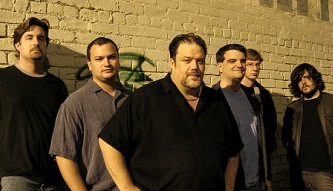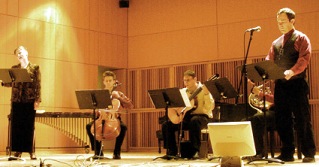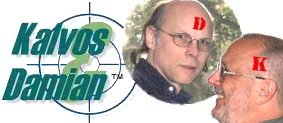I always walk around with a guilty conscience. My inbox gets loaded all the time with press releases and so forth, and I’m a bit stingy about passing on the goods. Let’s give this another try by way of redemption.
SoCal’s S21 readers might want to check out RedBox, an experimental music series held the third Thursday of every month at the Steve Allen Theater in Hollywood. A bunch of groups with achingly hip names are performing this summer. Tickets are only $10.
Here’s a composition competition in Finland. Dust off your small orchestra piece and see if you can impress Magnus Lindberg (he’s on the jury). Deadline December 1st, so, as they do in Finland, you can chill for now. Rim shot.
Ronen Givony’s unstoppable Wordless Music series is all over the Whitney this month. Ingram Marshall, Chen-Yi, and Jefferson Friedman are all represented. How about you represent now, huh? Shout out to the tenacious Amanda Ameer…
Speaking of Friedman (who I pretend is much older than I am so it’s okay he’s so successful): the Chicago Symphony Orchestra is giving the Chicago premiere of his Sacred Heart: Explosion The piece is based on the outsider art of Henry Darger.
Question: whom do you have to know to become an “outsider” artist? Rim shot.
New ensemble alert: It’s called the MZJ Ensemble, presumably after this guy who founded it. He writes: “The medium-sized group (between a chamber ensemble and a full symphonic group) consists mostly of winds and brass, with some strings, and will perform my compositions as well as some arrangements of existing repertoire.”
And there’s fresh dirt at the CD Reviews and Composers Forum.
And Good Heavens!! C4 is performing Saturday night. Give it up, yo.

 Sequenza21 is pleased to scoop the rest of the world wide web and announce the most exciting news of the day in the world of new music.
Sequenza21 is pleased to scoop the rest of the world wide web and announce the most exciting news of the day in the world of new music. Robert Gable at his
Robert Gable at his